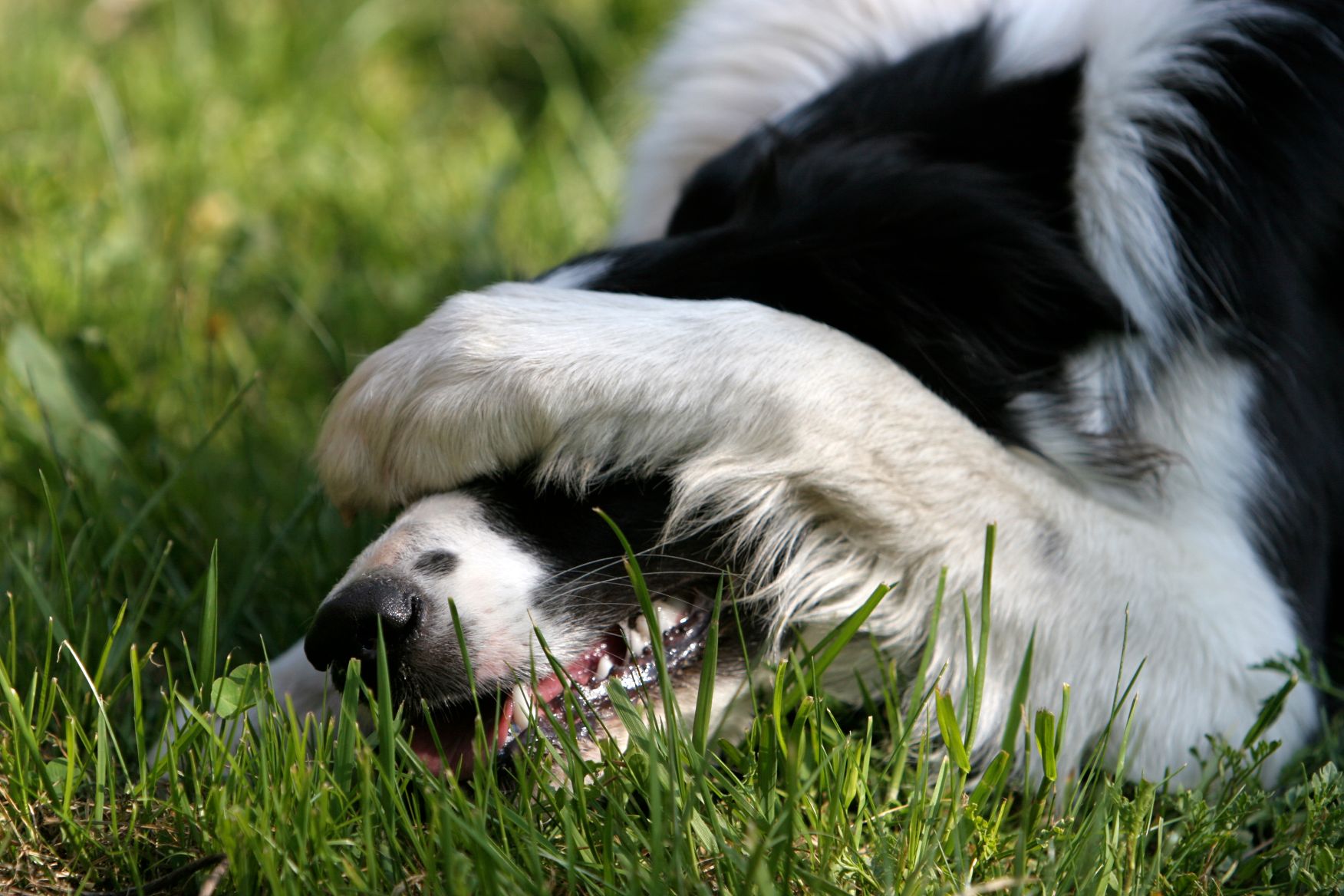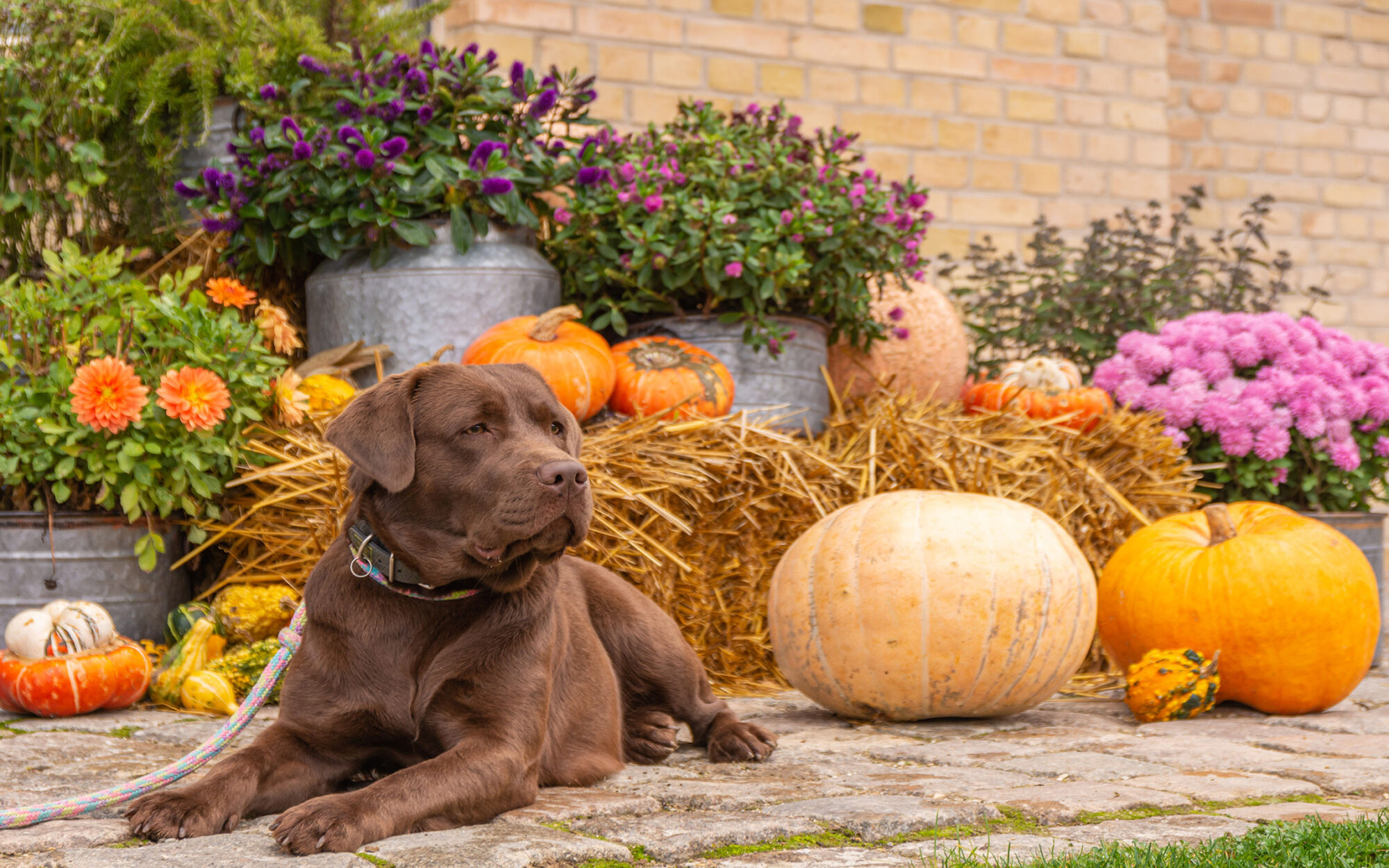Posts in Category: Pet Safety
Pet Safe Valentine’s Day

A Pet-Safe Valentine’s Day is simpler than you might think. To keep your pet safe and out of the emergency room, we’ve put together essential Valentine’s Day pet safety tips.
Flower Arrangements
Flowers and Valentine’s Day go hand in hand. Selecting the perfect flower arrangement is already challenging, but it becomes even trickier when considering which flowers could be harmful to your pets.
Continue…The Ins and Outs of a Sedated Grooming

What Is Seating Grooming?
Sedated grooming involves administering mild sedation to ensure a smooth and stress-free grooming experience for both pets and groomers. Most pets can be professionally groomed without sedation. However, there are some who require this procedure.
Candidates for Sedated Grooming
Candidates for sedated grooming include pets that struggle with aggression, easily stressed and those who struggle with physical pain due to heavy matting.
Continue…Canine Oral Papilloma Virus: Knowing the Signs and Risks

We often think of puppies as cuddly and adorable creatures, but that little wart-like bump you just noticed on your pup’s lip may not be so cute. While lumps and bumps on dogs are not unusual, when they occur in young and/or social dogs, canine oral papilloma virus, or COPV, is on the list of rule-outs for our team at Lone Tree Veterinary Medical Center.
Continue…Pet-Safe Pest Control: Is It Possible?

No one wants to share the yard, garden or house with uninvited guests. While insects and rodents may be fine from afar, the minute they cross our threshold or create problems in our yard, we humans usually decide to take charge.
For some, the easiest approach to pest control involves the use of chemical treatments. Pet owners, on the other hand, have the added responsibility of using pet-safe pest control methods, both inside and outside of the home.
Continue…Fall Pet Safety Tips

It’s that time of year when the weather turns, the days are shorter, and there is a crisp feeling in the air. Along with the beauty of the season, fall also brings many familiar tasks, including preparing our yards for winter, cleaning the garage, and holiday decorating. Learn how to keep your furry friends safe and healthy during the fall season with these essential tips for fall pet safety.
Continue…Don’t Get Burned: The Facts On Pets and Sunscreen

Like humans, pets can get sunburned. Having fur doesn’t make them completely safe. While their fur offers some protection, there are still good reasons to provide additional sunscreen and sun protection.
At Lone Tree Veterinary Medical Center, we’re happy to explain the ins and outs of pets and sun protection. And and tips on keeping your pet protected and comfortable while summer days in the sun.
Continue…The Keys to Successful Airline Travel with Pets

Traveling with a pet can be fun, but it also presents some significant challenges. Since we know airline travel is extremely stressful for pets, there are things you can do to make the big day go more smoothly and safely for them.
Airline travel with pets can be a lot of work. But with planning, preparation and a little help from your Lone Tree Veterinary Medical Center team, you and your pet will be jet-setting off into the sunset in good style.
Continue…Can Pets Get Altitude Sickness?

At our altitude of 5,280 feet above sea level, most Denver residents and visitors don’t experience the debilitating effects of altitude sickness. However, once they venture into the mountains, the situation changes. Nausea, dizziness, and shortness of breath associated with altitude sickness. This affects about 20% of people above 8,000 feet. Potentially ruining a day of skiing, hiking, or sightseeing.
Pets are also vulnerable to altitude changes and can experience many of the same symptoms as humans. Left unchecked, altitude sickness in pets can be dangerous. And can lead to a potentially deadly buildup of fluid in the lungs and brain.
There’s nothing wrong with enjoying the great Colorado outdoors with your pet. However, knowing the signs of altitude sickness in pets and when to seek help is crucial for keeping them safe in the mountains.
Continue…Splish Splash: Where Should Your Dog Swim?

For dogs that love the water, going for a swim on a hot day is a real treat and one of the best parts of summer! However, finding a safe place for your pooch to splash around in is another issue entirely. Should your dog swim in a chlorinated pool? What about a local lake or river? Is it safer to just fill up a kiddie pool in the backyard?
At Lone Tree Veterinary Medical Center, we want pets to get plenty of exercise and bonding time with their owners. With careful observation, appropriate safety measures, and a little common sense, you might find swimming to be an enjoyable activity for you and your furry pal!
Continue…Dog Parks: Are They Right For Your Dog?

It sounds like a great idea – take your dog to a large, fenced-in area where it can run free with other canine friends. You get to skip the daily walk, check your email, maybe chat with other dog owners, then leave with an exhausted-but-happy dog. What could be better?
Dog parks can be big on the convenience factor for us humans, but being in close proximity to lots of other dogs can also present some problems for your dog. Before taking your pup to the park, it’s important to weigh the pros and cons, so we at Lone Tree Veterinary Medical Center have some important points for you to consider.
Continue…


